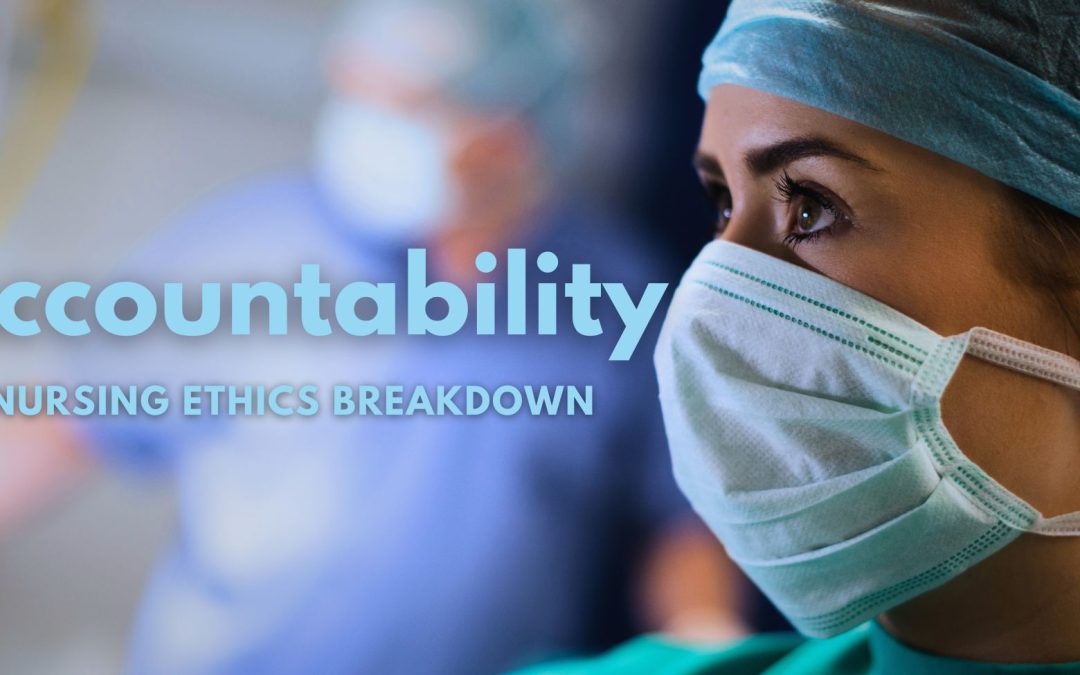Tools and Services to Help Overcome Patient Barriers
Translators, also known as interpreters, play a vital role in health care by providing accurate and timely translations for patients and doctors. By using translators, patients can communicate more effectively with their doctors, and healthcare providers can provide better care for their patients.
Interpreters also help to prevent communication breakdowns between different cultures and languages, which can lead to improved patient care.
Translation is an essential tool for patient care. It can help patients understand healthcare information and procedures, as well as connect with healthcare providers in their own language. These are additional tips on how to use a translator effectively.
Translation can also help patients communicate with family and friends who are not fluent in the patient’s language.
By using a translator, healthcare providers can provide quality care to all their patients. Translation ensures that patient information is accurately conveyed.
Translation can also help to reduce the risk of miscommunication or misunderstanding, which can ultimately lead to better patient care. Translation should not be seen as just a recommendation, but as a requirement to ensure that patients have a full understanding of their care plan to give informed consent.
Finally, use a variety of methods of communication, such as gestures, expressions, and written materials if necessary. Your patients in this category will like and admire you for your effort in trying to help them.










